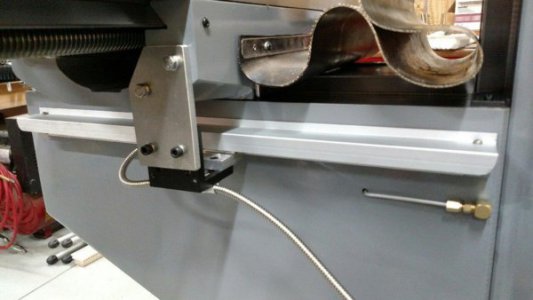Update:
Thanks for the suggestions everybody.
I was looking for an excuse to use a slitting saw for the first time, but it turns out neither of my R8 slitting saw arbors fit the spindle on my new mill properly. On one, the index pin slot is too shallow and it wont slide in at all, on the other, the slot is not long enough and it is apparently jamming the spindle index pin. Time to upgrade to a US made one.
So I'll just band saw my DRO scale cover and clean it up with a file.
Thanks for the suggestions everybody.
I was looking for an excuse to use a slitting saw for the first time, but it turns out neither of my R8 slitting saw arbors fit the spindle on my new mill properly. On one, the index pin slot is too shallow and it wont slide in at all, on the other, the slot is not long enough and it is apparently jamming the spindle index pin. Time to upgrade to a US made one.
So I'll just band saw my DRO scale cover and clean it up with a file.
Last edited:


